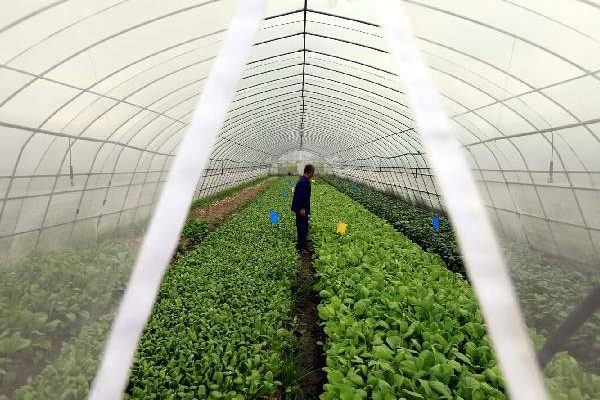Ever set up a perfect polytunnel, watched your crops grow well—only to have pests destroy it all? Insects like aphids, whiteflies, and thrips often sneak in through vents or doorways. One gap in your protection, and they can leave your tender leaves and fruit full of holes.
At INSONSHADE, we’ve put together this complete guide on how to choose and use polytunnel insect netting effectively. From understanding mesh types to choosing the right material based on your crop and pest challenges, we’ll help you build a barrier that blocks pests—without hurting airflow or crop growth.
Part 1. What is Polytunnel Insect Netting?
Polytunnel insect netting is a fine-mesh fabric designed specifically for plastic hoop houses, also known as polytunnels. It acts as a physical barrier to keep insects out—protecting your crops from pest damage to leaves, stems, and fruit. By minimizing insect intrusion, it also reduces the need for chemical sprays and helps improve crop quality and yield.
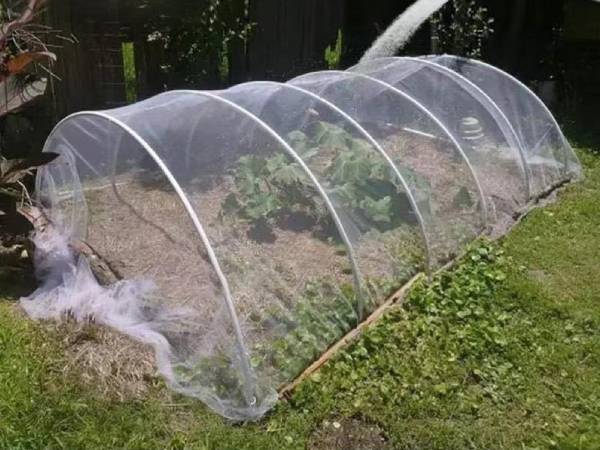
Polytunnel insect netting for home use
This type of netting is widely used in home gardens, commercial farms, and research greenhouses. Studies have shown that covering strawberries and raspberries with insect netting significantly lowers pest damage and improves fruit appearance and market value【Source: MDPI, 2022】. For leafy crops like lettuce, early net installation helps prevent fly attacks on stems and leaves—cutting disease risk and plant mortality【Source: PLOS ONE, 2021; Chambre Agriculture Grand-Est, 2021】.
Polytunnel insect netting typically offers these four advantages:
- High-density woven material – Most are made from UV-stabilized HDPE, offering strong weather resistance and durability.
- Various mesh sizes – Options like 0.3mm, 0.8mm, or 1.0mm help block even tiny insects while keeping airflow steady.
- Breathable and light-friendly – Allows sunlight and fresh air to reach your plants, supporting healthy photosynthesis.
- Long-lasting and cost-effective – Quality nets can last 3 to 5 seasons, making them a reliable crop protection investment.
Insect netting protecting crops at the right time
Thanks to these features, polytunnel insect netting has become essential in modern farming—especially for growers aiming to lower pesticide residues or meet export-grade standards through more sustainable practices.
Part 2: Common Installation Points for Polytunnel Insect Netting
In agriculture, polytunnel insect netting isn’t just a simple sheet you throw over crops—it’s a flexible protection tool that can be deployed in various ways. Where and how you install it depends on your pest control strategy. Below are three common setup options for polytunnels:
1. External Cladding
This is the most common and straightforward method. By covering the entire exterior of your polytunnel with insect netting, you allow airflow while keeping pests out. It’s ideal for pest-heavy environments or organic farms that avoid chemical pesticides. To keep the net secure, use clips, tension ropes, or binding straps—and add extra reinforcement around vent openings or connection points to prevent the net from tearing or coming loose in the wind.
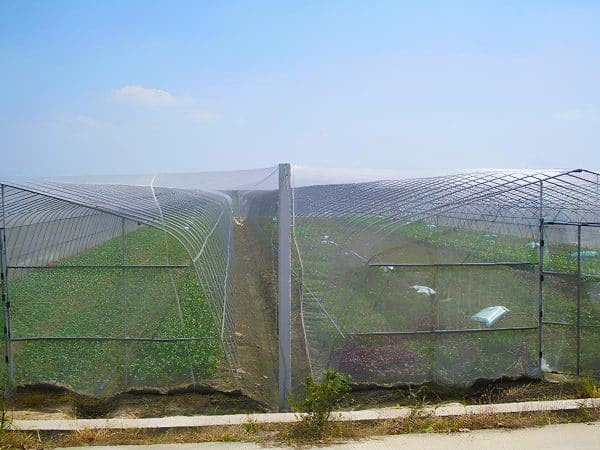
Polytunnels covered with external insect netting
2. Door Netting
Tunnel doors are a major entry point for pests—especially in commercial settings with frequent access and ventilation. Polytunnel door netting is often installed using zippers, tracks, or hook-and-loop closures. This allows for ventilation when open and a tight seal when closed. High-quality door nets should withstand frequent opening and closing, maintain wind resistance, and hold up over long-term use.
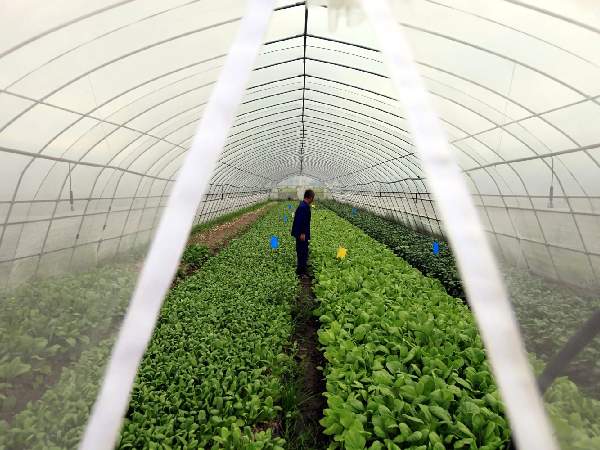
Insect netting installed on the polytunnel door
3. Perimeter Fencing with Climate Control
Many growers install a layered perimeter around the polytunnel that combines pest protection and climate control. A typical setup includes shade cloth or plastic film on the upper half (to block rain and regulate light), and dense insect netting on the lower half to block pests while allowing airflow.
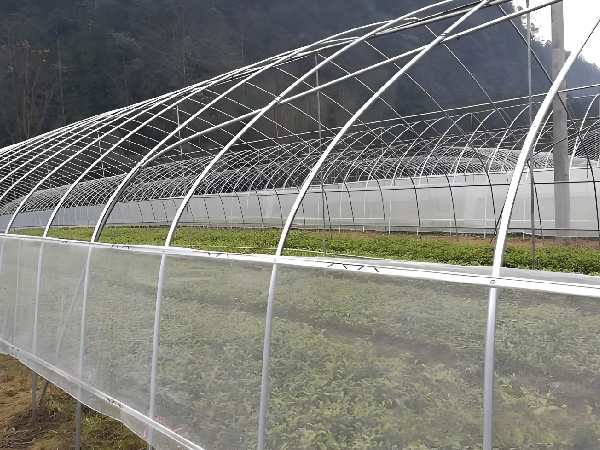
Insect netting used around the perimeter of the polytunnel
This hybrid design strengthens pest protection along the tunnel edges and helps fine-tune the internal climate—humidity, temperature, and light levels—based on crop needs. It’s ideal for hot, pest-prone environments or sensitive crops that require balanced ventilation. For best results, secure the top cover firmly and seal the bottom edges of the netting to prevent insects from slipping in through ground-level gaps.
Part 3: How to Choose the Right Polytunnel Insect Netting
Choosing the right insect netting isn’t just about blocking pests—it also affects airflow, light exposure, crop yields, and long-term costs. Here are five key factors to consider before you buy:
1. Choose Mesh Size Based on Target Pests
Mesh size is one of the most critical specs to get right. Common options include 25, 30, 40, and 50 mesh. Smaller pests require tighter weaves. For example, thrips usually need ≤0.3 mm mesh; aphids can be blocked with around 0.5 mm; larger insects like fruit flies or beetles can be stopped by 1.0–1.5 mm mesh. The finer the mesh, the better the protection—but it may reduce airflow and light penetration. Balance is key between pest control and plant environment.

50×25 Mesh / 135gsm Insect Netting
2. Match Net Density & Light Transmission to Crop Type
Different crops have different airflow and light requirements. Leafy vegetables like lettuce are sensitive to humidity and need a breathable, medium-density net. Fruit-bearing plants like strawberries or tomatoes benefit more from tighter netting for fruit protection. Also, young seedlings are more vulnerable than mature crops and often need finer mesh. Understanding your crop’s biology helps you choose netting that supports growth—not just blocks bugs.
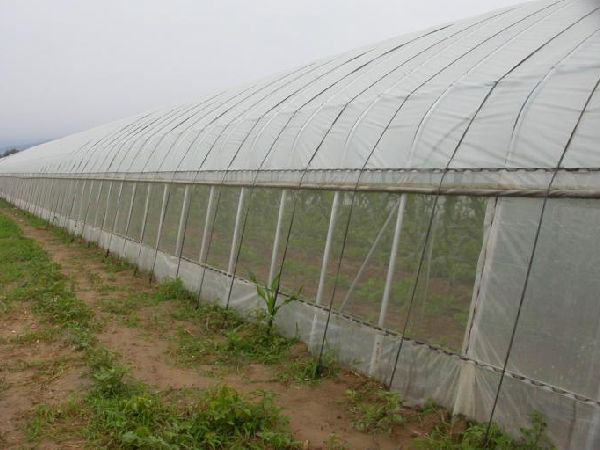
Crops growing under insect netting
3. Choose Strength & Durability Based on Installation Site
If the netting will cover your tunnel long-term from the outside, go for a high GSM fabric with strong tensile strength to resist sun, wind, and rain. For door netting, flexibility and ease of use matter more than strength. In general, UV-stabilized HDPE netting lasts 3 to 5 years and offers a cost-effective solution for most farming needs.
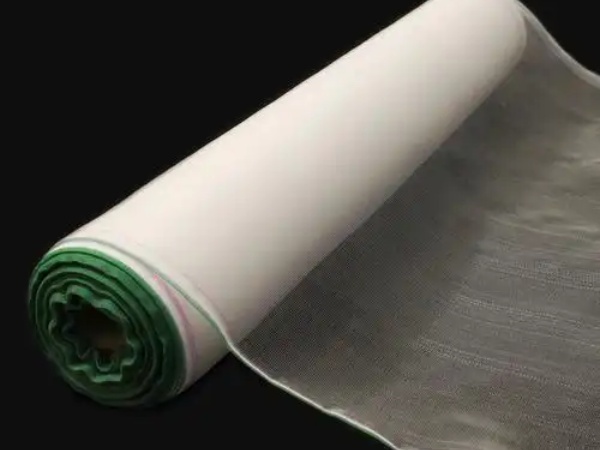
UV-stabilized HDPE insect netting roll
4. Consider Local Climate for Weather Resistance
Hot, sunny, or humid environments can wear down poor-quality netting quickly. Look for fabrics treated with UV inhibitors or made with dual-layer construction. In coastal or windy areas, focus on tear resistance and compatible fasteners to ensure the net stays secure in rough weather.
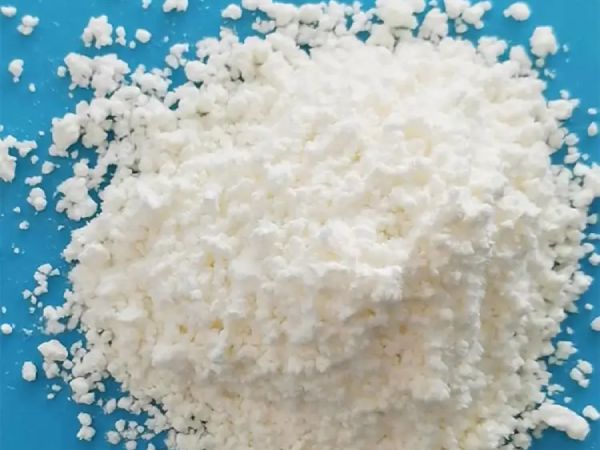
UV treatment and additives for durability
5. Consider Custom Options for Larger Projects
Commercial farms or standardized growing operations may require custom net sizes to fit tunnel dimensions or specific colors to manage light and temperature (e.g., white for reflection, green for cooling). Some high-end nets also offer anti-fog, anti-drip, or anti-static features. If you need any of these, it’s best to work with a supplier who offers OEM or ODM customization.
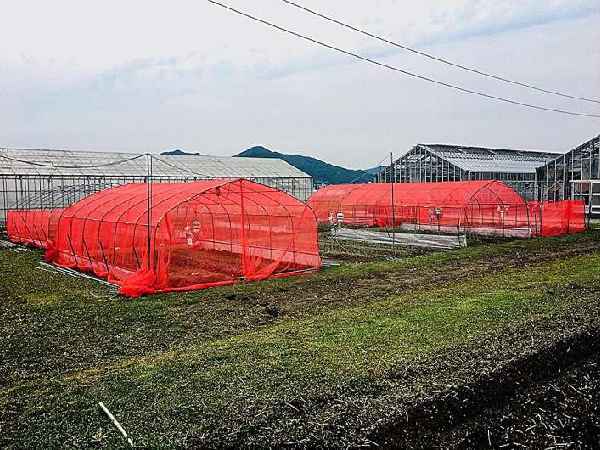
Red insect netting in specialized applications
Part 4: Buying Tips and Procurement Advice
Buying insect netting isn’t just about picking the right fabric—it’s also about managing cost, fitting your tunnel structure, and ensuring long-term reliability. Whether you’re a home gardener or running a commercial farm, here are three key things to consider:
1. Know Your Usage Scenario
Start by identifying your main needs. Home users usually focus on easy installation, reasonable cost, and ready-to-use sizes—lightweight netting or curtain-style door nets work well here. In contrast, commercial growers prioritize durability, pest control performance, and customization. They often need to order in bulk, tailored to tunnel structures, and plan for future replacements and maintenance.
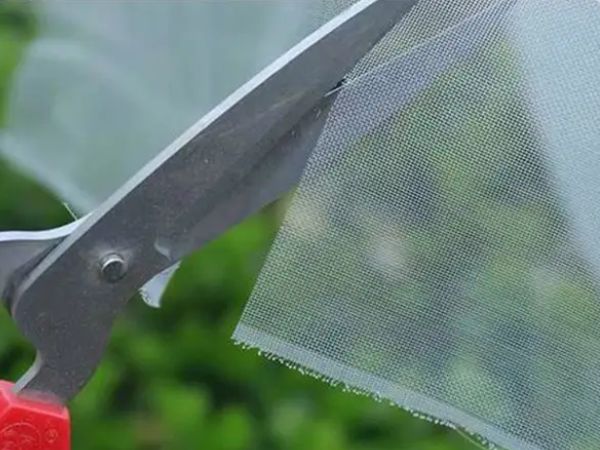
Home gardener cutting netting to fit their setup
2. Estimate Netting Quantity with Buffer
To calculate how much netting you need, use this basic formula:
Coverage area ≈ Tunnel length × (Tunnel width + 2 × arch height)
Always add around 10% extra to account for trimming and overlap. For door nets, add 10–20 cm beyond the opening on all sides so you have enough material for secure tension and proper sealing.
3. Vet Suppliers for Quality & Export Readiness
When choosing a supplier, check for material certifications, cutting and sizing capabilities, minimum order quantities, and export experience. Look for HDPE nets with UV stabilization and custom edge processing. If you’re planning a long-term or large-scale project, it’s best to work with a factory that regularly exports agricultural netting and can handle delivery, customs, and after-sales support smoothly.
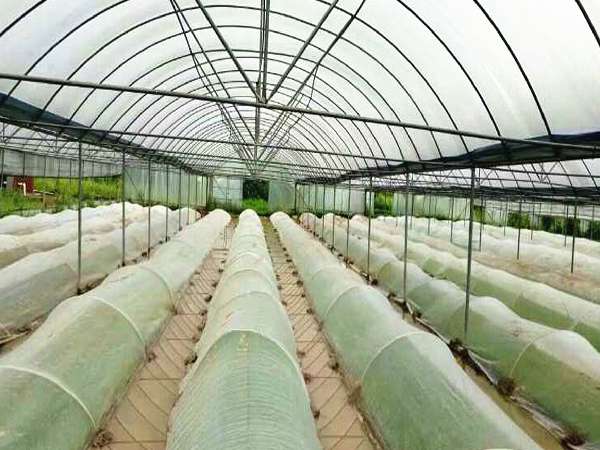
Multiple areas inside a greenhouse protected by insect netting
Conclusion
By now, you should have a well-rounded understanding of polytunnel insect netting—what it is, how to use it, and how to choose the right type for your needs. Whether you’re a home grower or managing a commercial farm, smart netting choices lay the foundation for healthier crops and better yields. The key is to match the mesh to your tunnel size, crop type, and pest control goals.
At INSONSHADE, we’re here to help. Our agricultural specialists can guide you in selecting the right insect netting—whether you need specific mesh sizes, fabric weights, custom colors, or edge finishing. We support bulk orders, OEM/ODM customization, and global delivery. From Europe to Africa to the Americas, we’ve helped growers reduce pest pressure and boost their economic returns.
Contact us today for samples or a custom quote—we’re ready to support your next growing season.
